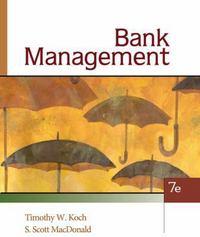Question
Question 1 A life insurance company is considering selling with-profit endowment policies with a term of twenty years and initial sum assured of 100,000. Death

Question 1
A life insurance company is considering selling with-profit endowment policies with a term of
twenty years and initial sum assured of 100,000. Death benefits are payable at the end of the
policy year of death. Bonuses will be added at the end of each policy year.
The company is considering three different bonus structures:
(1) simple reversionary bonuses of 4.5% per annum
(2) compound reversionary bonuses of 3.84615% per annum
(3) super compound bonuses where the original sum assured receives a bonus of 3%
each year and all previous bonuses receive an additional bonus of 6% each year.
(i) Calculate the amount payable at maturity under the three structures. [4]
(ii) Calculate the expected present value of benefits under structure (2) for an individual aged
45 exact at the start, using the following basis:
Interest 8% per annum
Mortality AM92 Select
Expenses ignore [4]
(iii) Calculate the expected present value of benefits, using the same policy and basis as in (ii)
but reflecting the following changes:
(a) Bonuses are added at the start of each policy year (the death benefit is payable at
the end of the policy year of death).
(b) The death benefit is payable immediately on death (bonuses are added at the end
of each policy year).
(c) The death benefit is payable immediately on death, and bonuses are added
continuous

Step by Step Solution
There are 3 Steps involved in it
Step: 1

Get Instant Access to Expert-Tailored Solutions
See step-by-step solutions with expert insights and AI powered tools for academic success
Step: 2

Step: 3

Ace Your Homework with AI
Get the answers you need in no time with our AI-driven, step-by-step assistance
Get Started


